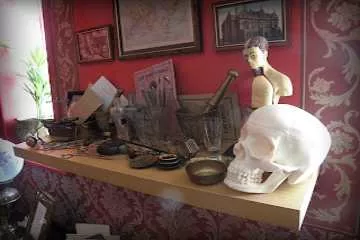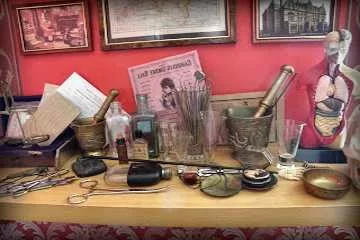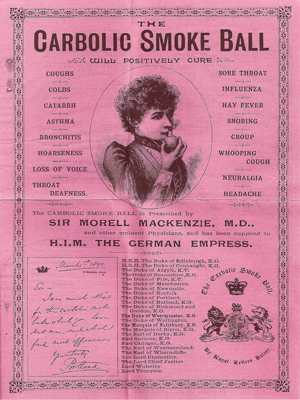On a shelf above the bureau in my home, I have an unusual collection of medical curiosities. These objects weren’t consciously collected with a purpose in mind; rather, they simply accumulated over the years. Each item has its own peculiar story, reflecting a blend of history, science, and my personal experiences.
The Brass Mortars and Pestles

The collection started with brass mortars and pestles, originally intended for the kitchen to grind spices for homemade curries. These pieces, covered in a script resembling Arabic, remain a mystery. Despite consulting friends who read Arabic, no one has been able to decipher the text. Their intricate design and unknown origins make them both a practical tool and a conversation starter.
Measuring Glasses and Antiques
The measuring glasses in my collection were picked up piecemeal, starting around the age of fourteen. At that time, I helped out at a local antiques shop near my school, assisting the elderly owners during fairs and markets. As a perk, I received a dealer’s discount, allowing me to buy small items for a few pennies. This experience ignited my fascination with old and peculiar objects.
Dentist’s Tools, Scalpels, and Artistic Uses

Among the curiosities are some old dentist’s tools, acquired while I was studying sculpture. These tools, initially meant for dental work, became perfect for carving fine details in plaster and soapstone. Alongside them are scalpels, collected during the same period and repurposed to cut cardboard mounts for paintings and prints. This combination of medical and artistic uses adds an unexpected layer of creativity to their otherwise clinical nature.
The Oddities: Scales, a Skull, and an Anatomical Figure
A set of old scales sits among the collection, a find from a charity shop two decades ago. The skull, on the other hand, was a giveaway from a children’s magazine. It came with detachable eyes that were so unsettling that I decided to keep them tucked away in the cranium. Then there’s an anatomical figure whose origins remain vague—it’s certainly vintage, perhaps from the 1940s or 1950s.
Quack Medicine Advertisements: Birley’s Phosphorus
Two intriguing printed pieces sit at the back of the shelf. The first is an old advertisement for Birley’s Phosphorus, dating back to around 1905. These “quack” medicines were popular before the National Health Service was established in 1948, a time when people often self-medicated to avoid paying doctor’s fees. A 1908 British Medical Journal report reveals the price was 1 shilling and 1½ pence for nearly three fluid ounces, despite the ingredients costing only 4 pence—an impressive markup for a remedy that contained no “free phosphorus.”

The Carbolic Smoke Ball: A Legal and Medical Curiosity
The other printed piece is an advertisement for the infamous Carbolic Smoke Ball, a supposed cure-all that became the subject of a landmark legal case. During the 1890-1891 influenza epidemic, the company behind the smoke ball promised £100 to anyone who contracted influenza after using their product as directed. Mrs. Louisa Elizabeth Carlill took up the challenge, bought the ball, followed the instructions, and still contracted influenza. Her subsequent legal battle with the company led to a historic ruling in contract law, where the court decided that the advertisement constituted a legally binding offer. Despite losing the case, the company continued advertising, this time with a new offer and added disclaimers. Ironically, Mrs. Carlill lived to the age of 96, with her death attributed to influenza.
A Collection That Tells a Story
Each piece on my shelf holds a unique story, from antique shops and artistic endeavors to quack medicine and legal battles. This eclectic mix serves as a window into the past, revealing how medicine, law, and personal experiences intersect in unexpected ways. These objects, whether mysterious, artistic, or historically significant, remind us that curiosity often leads us to uncover fascinating tales from history.

